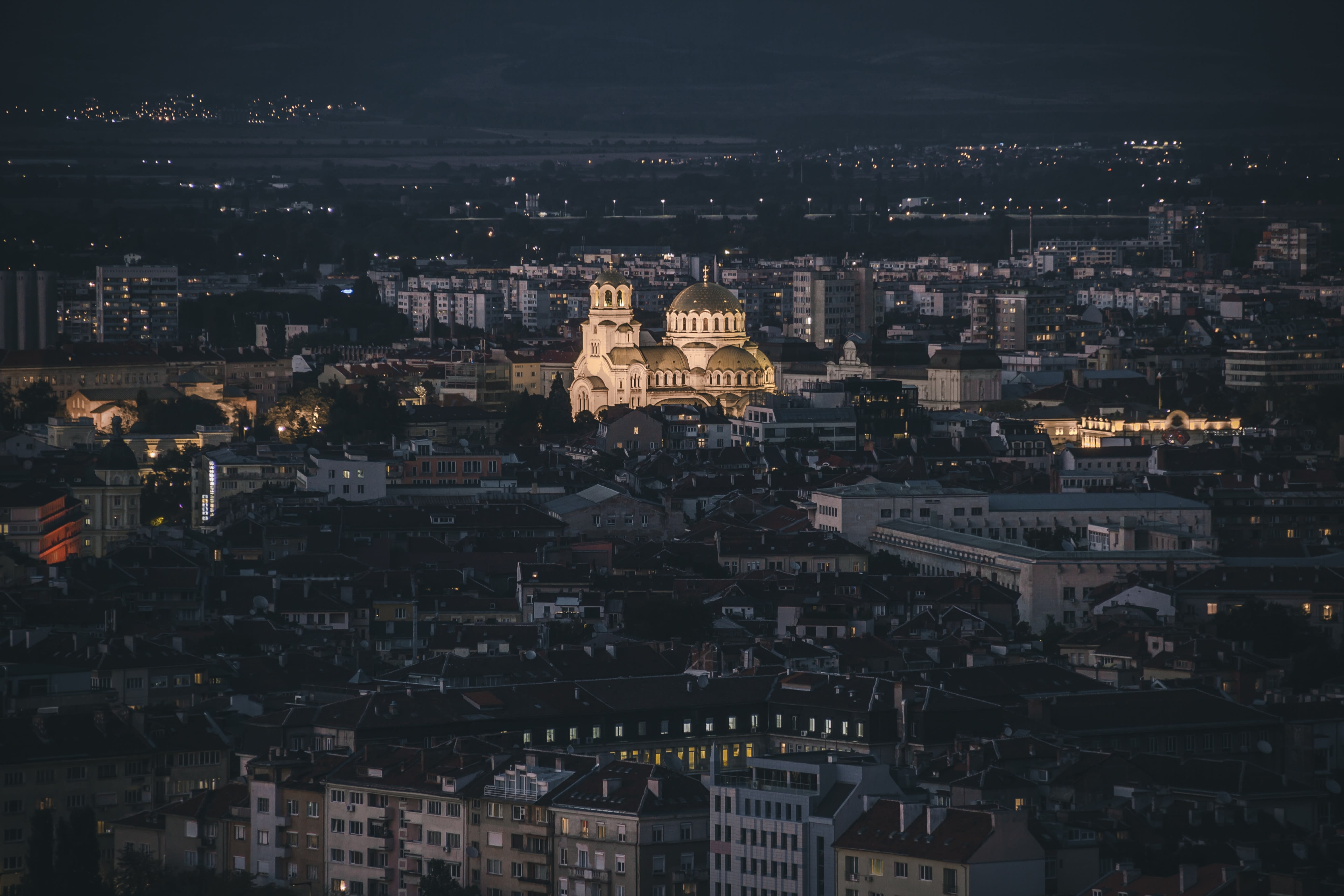Bulgaria
Overview and productions
The Bulgarian tax incentive has helped to draw even more international productions to the popular Balkan nation. Fifteen projects have been approved for the incentive already and are expected to shoot this year, including Millennium’s fantasy feature Red Sonja, which began filming at Nu Boyana Studios near Sofia in August, as well as big projects from the likes of Disney and Marvel.
As one of the countries with the lowest number of Covid-19 cases, Bulgaria avoided lockdowns and swiftly adopted protocols for filming to continue safely and keep crews safe, in line with other European territories.
“We have simplified the whole application process so it’s hassle-free,” says Peter Todorov, executive director of the National Film Center. “We are here to help and support productions, not hinder them with overbearing bureaucracy. Since the introduction of the cash rebate programme at the beginning of the year, the interest has steadily been growing and we expect many more projects to apply.”
A further Millennium project, The Bricklayer, directed by Renny Harlin and starring Aaron Eckhart as a former CIA operative forced out of retirement, shot in March at Nu Boyana and its nascent site in Thessaloniki, Greece. “There are few places in the world that compare with Bulgaria, and I’ve shot in about 13 or 14 countries,” insists Les Weldon, producer of The Bricklayer and The Expendables franchise, which also filmed in the territory. “The studio is a one-stop shop of crew, equipment and resources that make filming easy because any kind of problem or technical issue, you can respond to it in a matter of minutes rather than hours.
With 10 soundstages and an impressive array of standing sets, Nu Boyana has been home to Millennium’s high-concept thriller ’Till Death starring Megan Fox, and hitman drama Memory starring Liam Neeson and Guy Pearce, which also undertook post-production work at the studios. It also hosted Lionsgate’s The Devil’s Light and Cobweb.
“The cost of set construction, shooting, crew and equipment is incredibly competitive. Bulgaria holds its own against other countries in the region,” says US-based producer Matt O’Toole, who has shot dozens of movies in the country.
In terms of locations, Bulgaria offers the wooded mountains of Vitosha, situated beyond the backlot at Nu Boyana, as well as the sandy beaches of the Black Sea, snow-capped peaks in Rila and Pirin, and the continental Danubian plain, all within five hours’ drive of each other.

Gallery
Locations
In terms of locations, Bulgaria offers the wooded mountains of Vitosha, situated beyond the backlot at Nu Boyana, as well as the sandy beaches of the Black Sea, snow-capped peaks in Rila and Pirin, and the continental Danubian plain, all within five hours’ drive of each other.
Infrastructure and logistics
Nu Boyana Studios is situated just outside the capital Sofia and is spread over 30 hectares. The complex features 10 soundstages, an underwater production facility and a 1,200 square metre water tank. There are various standing sets, including New York, London, St Paul’s Cathedral, a Middle Eastern street and an ancient set complete with Roman colosseum.
“The studios have a huge array of equipment, props, set dressing, costumes and vehicles, which have saved our productions from having to ship in from other countries,” says producer Matt O’Toole. “Plus the crews are world-class across all departments, so there are no issues with bringing in US and UK talent and technicians.”
While productions are recommended to bring in a key team — director, camera operator, producer — “everything else can be found in Bulgaria”, suggests producer Daniel Delchunkov of Sofia’s Timeless Production Group. This includes an abundance of production accountants on hand to assist with finance, from taxation procedures and requirements to weekly cost reporting.
Travel
European status
Bulgaria is a member of the European Union but does not participate in the Schengen Agreement. Its currency is the lev.
Size matters
It is easy to access Bulgaria with short, direct flights from all European capitals. There are plenty of flights from outside of Europe, too. However, the only scheduled ones within Bulgaria are between Sofia and Varna or Burgas (Bulgaria Air). The best way to get around is by car. Be aware some of the roads, especially along the Black Sea coast, can be traffic-clogged and nerve-jangling.
First person to contact: Peter Todorov, executive director, Bulgarian National Film Center: ptodorov@nfc.bg
Sign up for newsletter
Newsletter